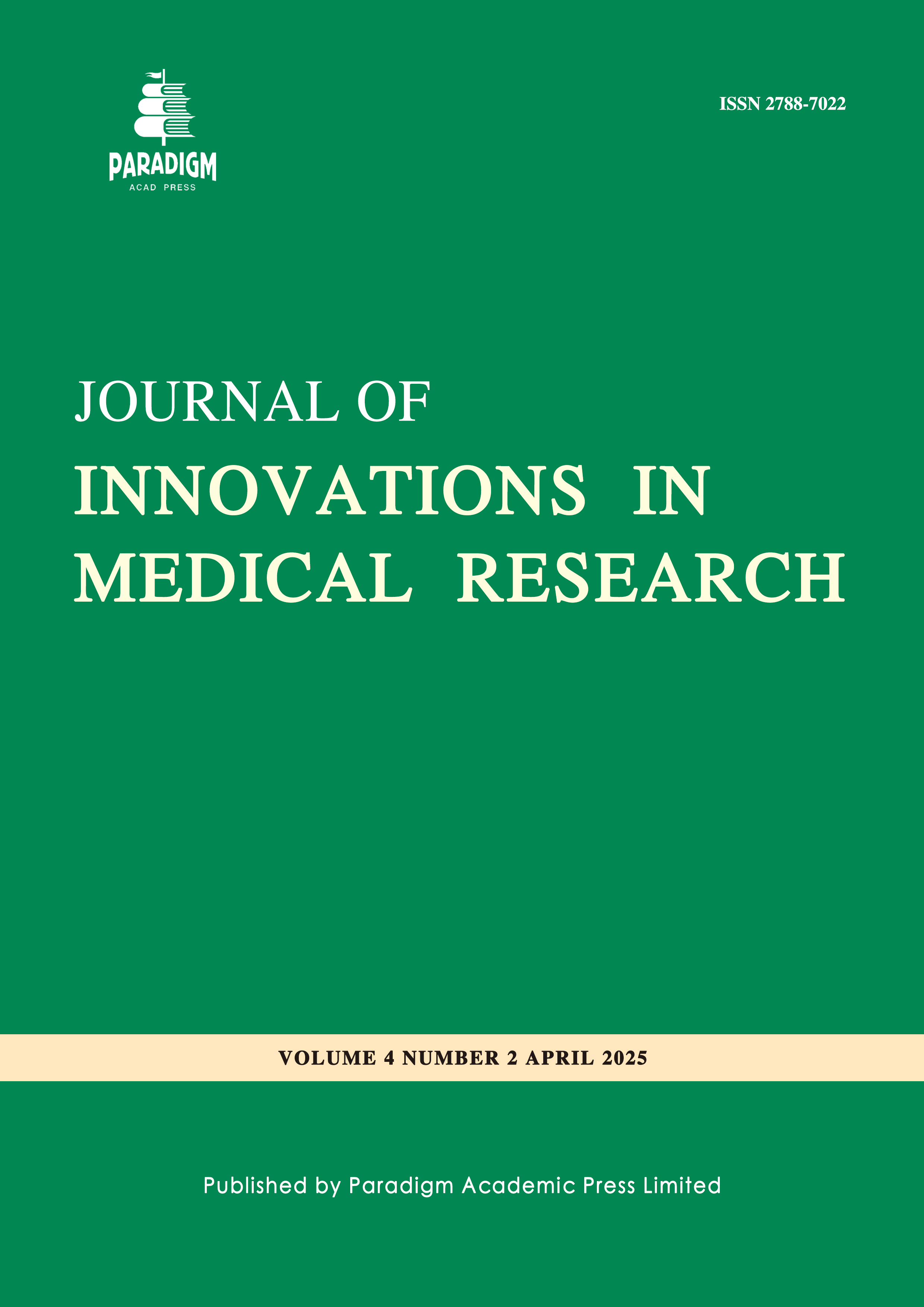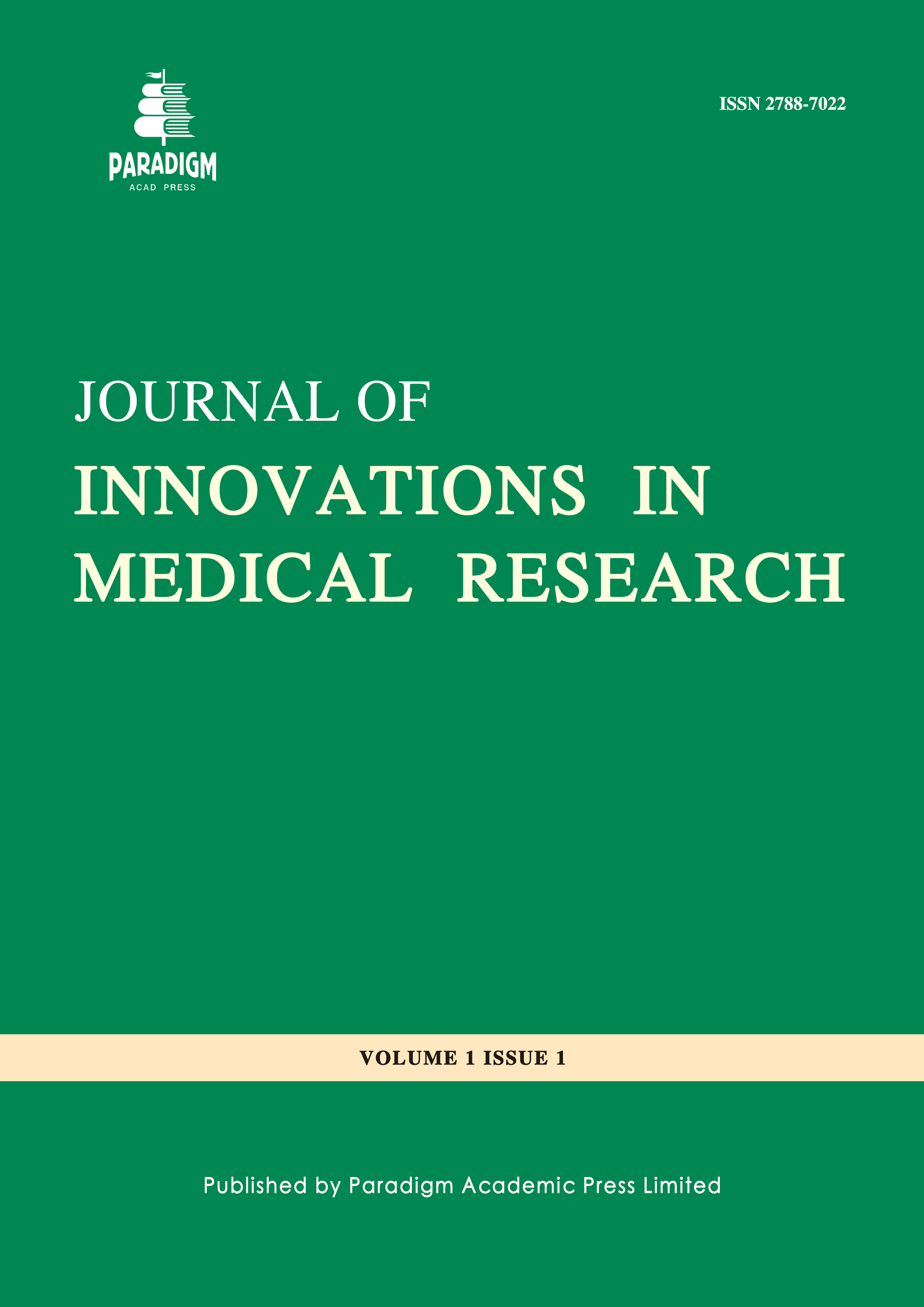Postoperative Complications of Minor Amputation Stump in Diabetic Patients: A Prospective Study
Keywords:
diabetic foot, amputation, postoperative complicationsAbstract
Background: Diabetes mellitus is a major public health issue in Tunisia, with a prevalence of 12.2% in 2016, and diabetic foot affects up to 25% of patients, leading to serious complications such and amputations. Postoperative complications of amputations include necrosis, phantom pain, and infection, but few studies in Tunisia have explored their incidence, prompting an exploratory study to examine these complications. Materials and Methods: This prospective observational study was conducted over a period of 4 months, from October 2021 to February 2022, at the General Surgery Department of Mohamed Taher Maamouri Regional Hospital in Nabeul and the Endocrinology Department of the Farhat Hached University Hospital Center in Sousse, involving diabetic patients hospitalized for unilateral minor lower limb amputation. Results: The study included 14 patients, with 6 from the Endocrinology Department at the Farhat Hached University Hospital in Sousse and 8 from the General Surgery Department at the Mohamed Taher Maamouri Regional Hospital in Nabeul. The average age of the participants was 50.29 ± 13.69 years. There was a male predominance, with a male-to-female ratio of 3.7. All patients had type 2 diabetes (85.7%), and insulin was the most prescribed treatment (57.1%). 43% of patients had diabetes for 10 to 20 years. 57.14% of the patients (8/14) had cardiovascular disease, and 78.5% (11/14) had diabetic retinopathy. The podiatric assessment revealed cyanosis (57.1%) and thick nails (100%). The dorsal skin flexibility was reduced in 92.9% of the patients. Arterially, 57.14% of the patients were in stage 3 or 4 of the Leriche and Fontaine classification, indicating severe ischemia. Wet gangrene was the most frequent reason for amputation (50% of cases). 13 were evaluated postoperatively after the death of one patient on day 1. During the first dressing change, various complications were observed: hyperkeratosis (15.3%), infections (15.3%), non-budding stump with fibrin (38.4%), and necrotic tissue (15.3%). At the first follow-up appointment, four patients were lost to follow-up, reducing the sample size to nine. (55.5%) had delayed wound healing and hyperkeratosis had progressed, affecting 77.8% of the patients (7/9). The infection rate had tripled compared to the initial observation. Conclusion: This study identified a range of early and late complications, including infections, necrosis, and delayed healing in 14 patients following minor amputation. Despite the small sample size, the findings highlight the importance of personalized care for diabetic amputee.



